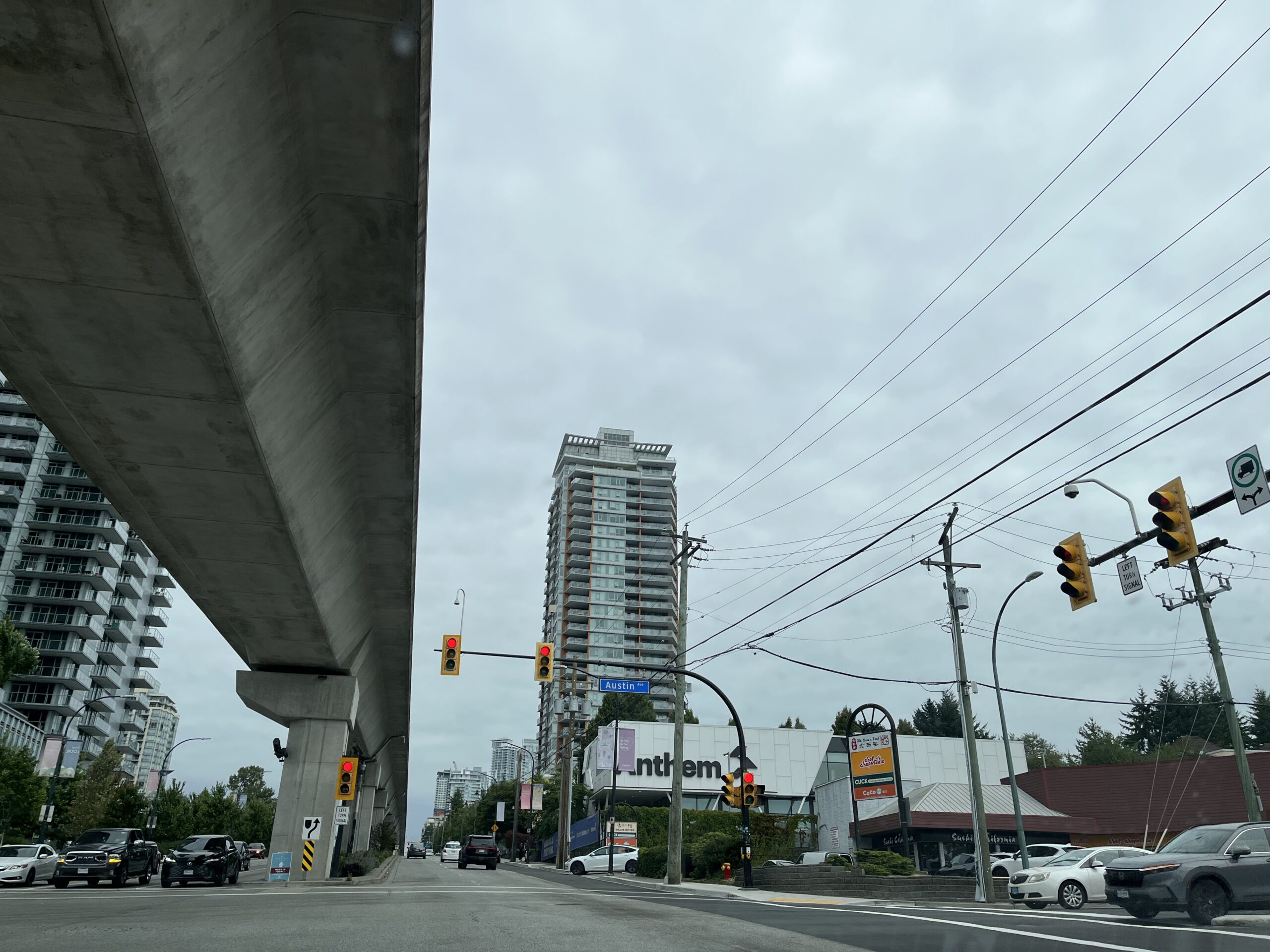With increasing concerns about climate change and rising sea levels, Vancouver homeowners are seeking ways to protect their properties from future environmental risks. As a coastal city with vulnerable low-lying areas, understanding floodplain mapping, home retrofitting techniques, and expert recommendations is essential for future-proofing your home in 2025 and beyond. This article provides practical advice backed by scientific data and environmental expertise to help Vancouver residents safeguard their investments.
Read more: How Vancouver’s Climate Policies Impact Real Estate Development
Understanding Vancouver’s Climate Risks
Vancouver’s unique geography exposes it to several climate-related risks:
- Sea-Level Rise: Projections estimate that sea levels around the Vancouver coast could rise by up to 1 meter by 2100 due to melting polar ice and thermal expansion.
- Flooding: Increased rainfall intensity and storm surges threaten low-lying floodplain areas, especially near the Fraser River and Burrard Inlet.
- Heat Waves and Wildfires: While less directly related to sea-level rise, these climate impacts also pose risks to home safety and comfort.
The City of Vancouver and Metro Vancouver regularly update floodplain maps identifying areas at risk. Homeowners are encouraged to consult these resources to understand local vulnerabilities.
Floodplain Mapping: Knowing Your Risk Zone
Floodplain maps classify areas based on their risk of flooding from sea-level rise and heavy rainfall. These maps are publicly available through the City of Vancouver and provincial agencies.
Key insights from floodplain mapping include:
- Areas such as parts of South Vancouver, Richmond, and North Vancouver’s low-lying coastal zones are classified as moderate to high risk.
- Flood hazard assessments incorporate current sea-level rise projections, tidal data, and land subsidence rates.
Homeowners in these zones should prioritize adaptation measures to mitigate damage.
Home Retrofitting Strategies to Mitigate Flood Risks
Retrofitting your home can significantly reduce damage from flooding and sea-level rise. Here are practical measures recommended by environmental experts:
- Elevate Critical Systems: Raise electrical panels, HVAC units, and utilities above expected flood levels to prevent damage.
- Install Flood Barriers and Backflow Valves: Use removable flood barriers for doors and windows, and install backflow preventers on sewer lines to stop sewage backups.
- Improve Drainage: Ensure proper grading around your home to direct water away, and consider sump pumps or drainage systems in basements.
- Water-Resistant Materials: Use materials like tile, concrete, or treated wood in flood-prone areas to minimize water damage.
- Landscaping for Resilience: Incorporate rain gardens, permeable surfaces, and native plants to enhance water absorption and reduce runoff.
Expert Recommendations
Dr. Emily Chan, a climate resilience researcher at the University of British Columbia, emphasizes:
“Homeowners need to take proactive steps now to adapt to the inevitable changes. Combining structural retrofits with community-level planning is essential for long-term resilience.”
John Mitchell, a local Vancouver environmental engineer, adds:
“Small investments in flood-proofing today can prevent costly repairs later. It’s also critical to stay informed about evolving municipal guidelines as climate projections are updated.”
Additional Considerations
- Insurance: Review your home insurance policy to ensure it covers flood-related damages. Some insurers now offer specific flood insurance endorsements.
- Community Initiatives: Engage with local adaptation programs and support infrastructure upgrades like seawalls and stormwater management projects.
- Planning for Relocation: In extreme cases, some homeowners may consider relocation or property elevation as long-term strategies.
Conclusion
Future-proofing your Vancouver home against climate change and sea-level rise is not just smart—it’s necessary. By understanding your flood risk, applying effective retrofitting strategies, and heeding expert advice, you can protect your home and family from growing environmental threats.
As Vancouver continues to develop resilient infrastructure and update policies, staying informed and proactive will help you navigate these challenges confidently.
My name is Jay, a longtime Metro Vancouverite sharing local real estate tips and my own photos of the city’s homes and neighbourhoods here on Vancouver Home Hub. Hope you find my blog useful! Feel free to reach out anytime at vancouverhomehub@gmail.com if you have questions.


Leave a Reply